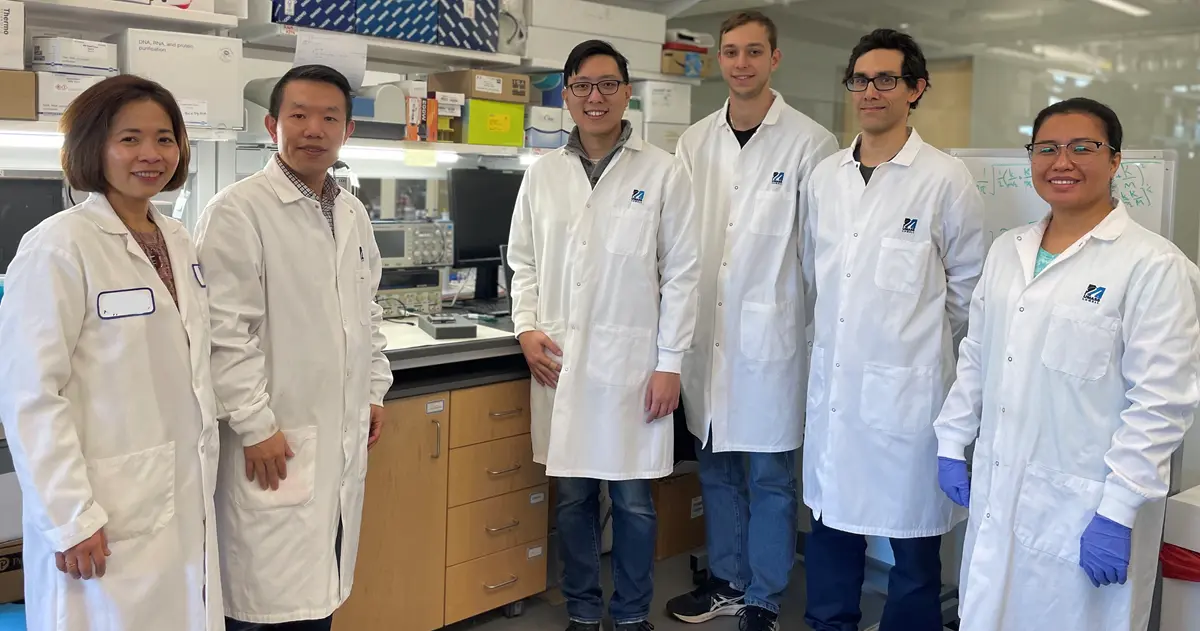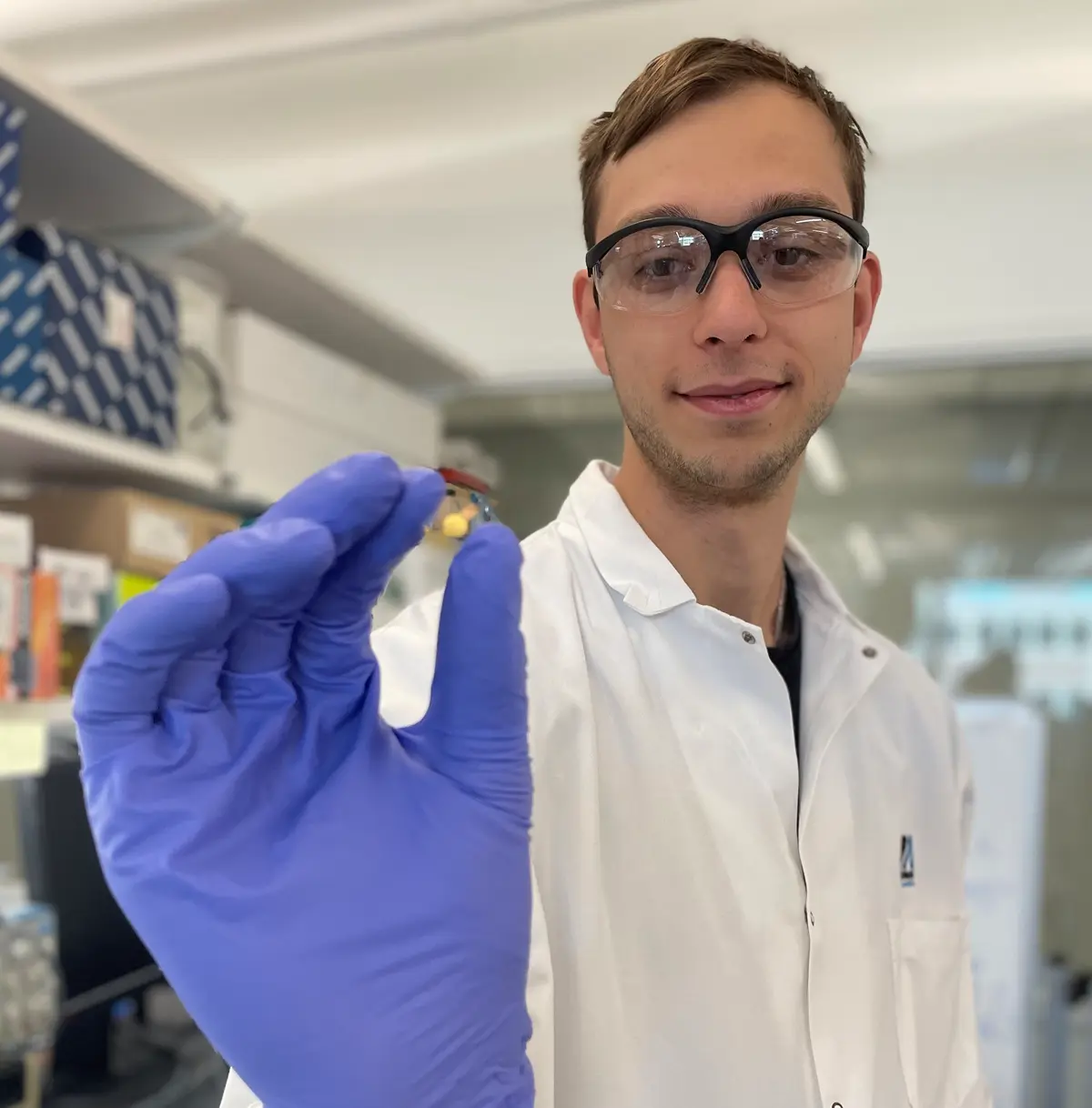Project Will Use Low-Cost Biosensors to Detect Presence of Pathogens

11/06/2023
By Edwin L. Aguirre
The National Science Foundation (NSF) has awarded a three-year, $1 million grant to a team of researchers led by Electrical Engineering Prof. Yan Luo to develop a data analytics platform that uses biosensors to detect harmful organisms such as Vibrio and Pseudomonas in aquaculture farms and coastal waters.
The project, called BioSPACE, which stands for Biosensing Surveillance of Pathogens in Aquaculture and Coastal Environments, is designed to continuously monitor the water in real time and to alert local and state agencies if needed so they can take immediate steps to help prevent the spread of diseases.

According to the U.S. National Oceanic and Atmospheric Administration (NOAA) Fisheries, in 2020, marine and freshwater aquaculture farms in the United States produced a total of 658 million pounds of fish, crustaceans, shellfish and algae valued at $1.5 billion. Based on value, more than 80% of that aquaculture consists of bivalve mollusks such as oysters, clams and mussels, with salmon and shrimp making up most of the rest.
Waterborne pathogens can occur naturally in the environment or be transmitted from infected species or from human activities. Luo says human pathogens such as norovirus and E. coli enter aquatic ecosystems through sewage discharges and farm runoff.

An Early Warning System for Pathogens
According to the researchers, the economic burden caused by waterborne diseases exceeds $3 billion in direct health care costs each year in the United States. Worldwide, aquaculture losses reach more than $6 billion a year.
That is why Luo and his team are developing BioSPACE – to give farmers, environmental agencies and water-reliant industries a rapid, portable, easy-to-use and monitoring and early warning system that is low in cost, yet sensitive.
“Existing technologies for detecting waterborne pathogens – such as the polymerase chain reaction, or PCR, test – are too slow and costly for large-scale deployment,” Luo says. “Delayed test results can lead to the spread of pathogens, which can progress to coastal contamination and extensive aquaculture losses.”

The team’s initial targets are bacterial and viral pathogens such as Vibrio that occur in shrimp aquaculture and coastal waters and can lead to diseases in farm-raised aquatic animals and in humans.
“We will assess how well our biosensors will perform over time and how accurate they are in detecting specific aquatic pathogens,” says Luo.
Luo’s team includes Environmental Engineering Assoc. Prof. Sheree Pagsuyoin and Biology Assoc. Prof. Frederic Chain as co-principal investigators, and Biology Asst. Prof. Sarah Gignoux-Wolfsohn as senior personnel. External collaborators include Northeastern University, the University of Arizona and Woodpecker Microsystems.
Assisting in the lab research are UML Ph.D. students Calvin Ng (electrical engineering) and Nerissa Molejon (environmental engineering), as well as master’s student Dmitri Hunt (electrical engineering) and senior students Chloe Chanthompalit (electrical engineering) and Alex Ryzi (environmental engineering).
